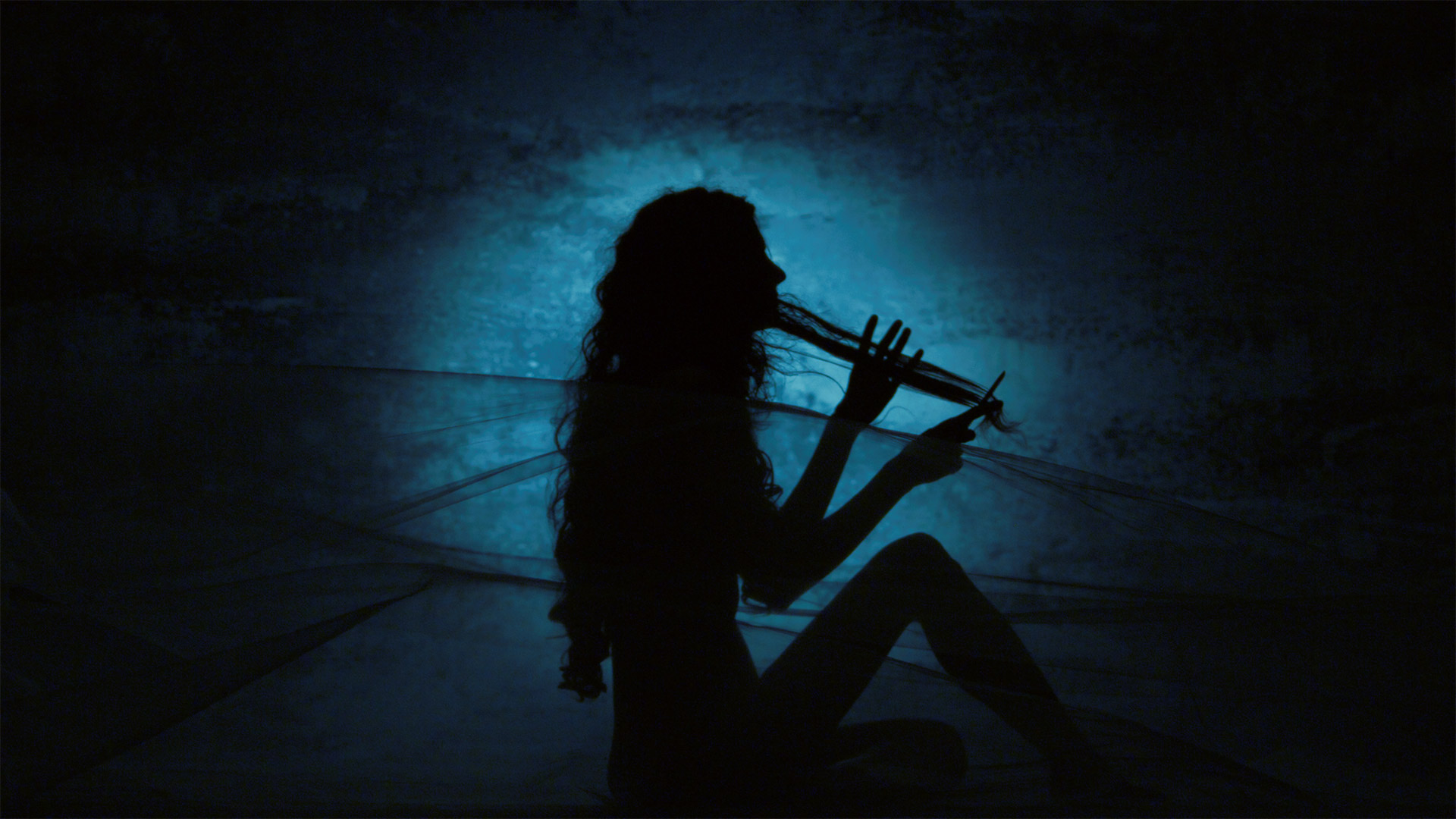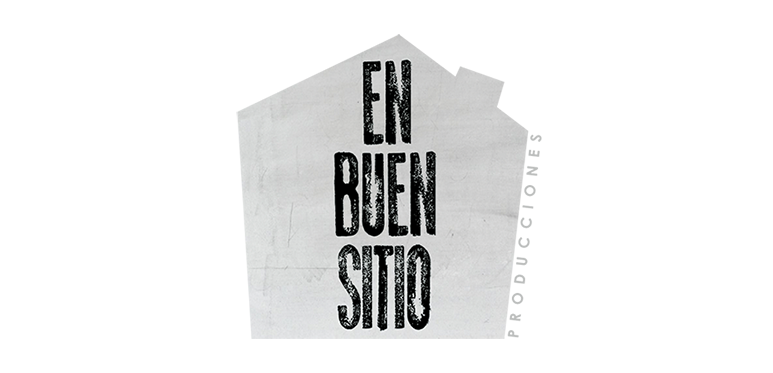Navarra inmaterial – Nafarroa inmateriala
Credits ↴
Book ↴
® All rights reserved 2021
Navarra inmaterial – Nafarroa inmateriala
Credits ↴
Book ↴
® All rights reserved 2025
Lamia
Lamia
Lamia
CAST
|
EUS
|
ENG
Narrativa
Creencias
Narratiba
Sinesmenak
Narrative
Beliefs
Uztarroz
Lucía Ezker Rekalde
Lucía Ezker Rekalde
Uztarroz
Lucía Ezker Rekalde
Lucía Ezker Rekalde
Uztarroz
Lucía Ezker Rekalde
Lucía Ezker Rekalde
Herencia de la mitología greco-romana, las lamias son seres fantásticos que habitan los ríos y adquieren forma de mujeres de gran belleza, patas de pato o cola de pez. Suelen encontrarse junto a los cursos de agua peinándose sus largos cabellos con peines de oro. Caracterizada siempre como asusta niños y seductora terrible de hombres a los que podía llegar a matar, primer antecedente de la vampiresa moderna.
En la pequeña localidad de Oieregi, casi todos sus edificios lucen escudos en las que una lamia o sirena sujeta un peine y un espejo en cada mano. El origen, en estos amarris o escudos de Bertiz se debe a Mitxeo de Bertiz que en 1421 consiguió la neutralidad del reino de navarra ante los embajadores de los reyes de Francia, Inglaterra y el Duque de Borgoña. Carlos III el noble concedió el escudo en el que aparece las lamias junto con los dos lobos.
Mitologia greko-erromatarraren herentzia, laminak, ibaietan bizi diren izaki fantastikoak dira, eta ahate-hankak edo arrain-buztana duten emakume ederren forma hartzen dute. Ur-lasterren ondoan egoten dira, urrezko orraziekin euren ile luzea orrazten. Haurrak beldurtuz eta gizonak limurtuz, zenbaitetan are gizonak erahilez, karakterizatzen dira beti, banpiro modernoaren lehen aurrekaria gisa.
Oieregi herri txikiko ia eraikin guztietako armarrietan lamina bat ageri da, esku batean orrazia eta bestean ispilua eusten dituela. Bertizko armarrien jatorria Mitxeo Bertizkoari zor zaio, zeinak 1421ean nafar erresumaren neutraltasuna lortu zuen Frantzia, Ingalaterra eta Burgundiako dukearen enbaxadoreen aurrean. Karlos III.ak lamina bi otsoekin batera agertzen den armarria eman zuen.
A Greco-Roman legacy, lamias are fantastical beings that inhabit the rivers and take the form of beautiful women with duck feet or fish tails. They are usually found by water streams combing their long hair with gold combs. Always represented as a bogey to frighten children and a terrible seductress of men, whom she could kill, the first precedent of the modern femme fatale.
In the small township of Oieregi, almost every building shows a coat of arms with a lamia or a mermaid holding a comb and a mirror in each hand. The origin of these amarris or coats of arms in Bertiz comes from Mitxeo de Bertiz, who reached the kingdom of Navarre’s neutrality before the kings of France, England, and the Duke of Burgundy in 1421. Charles III of Navarre granted the coat of arms featuring the lamias next to two wolves.
Ver detalles:

1



